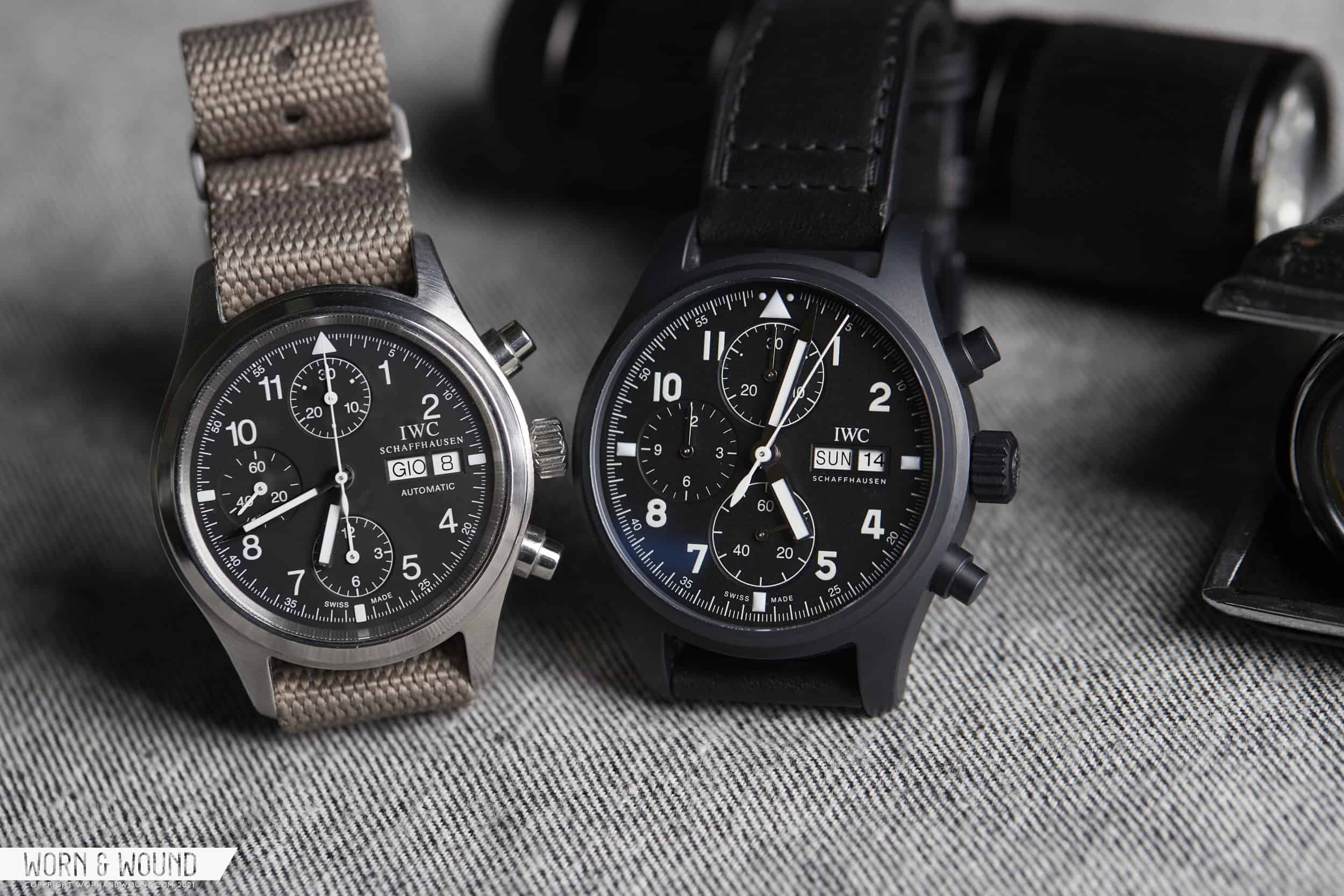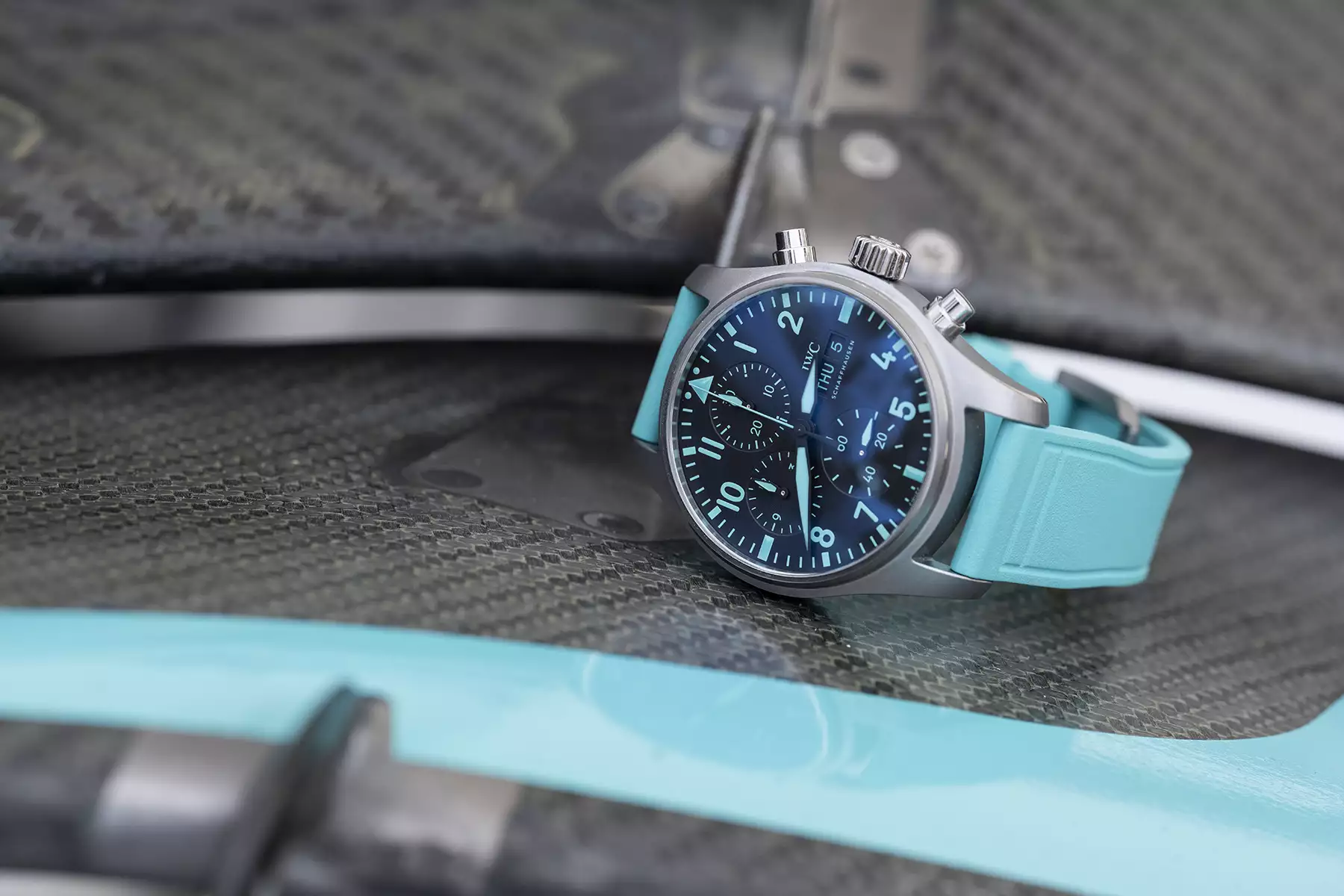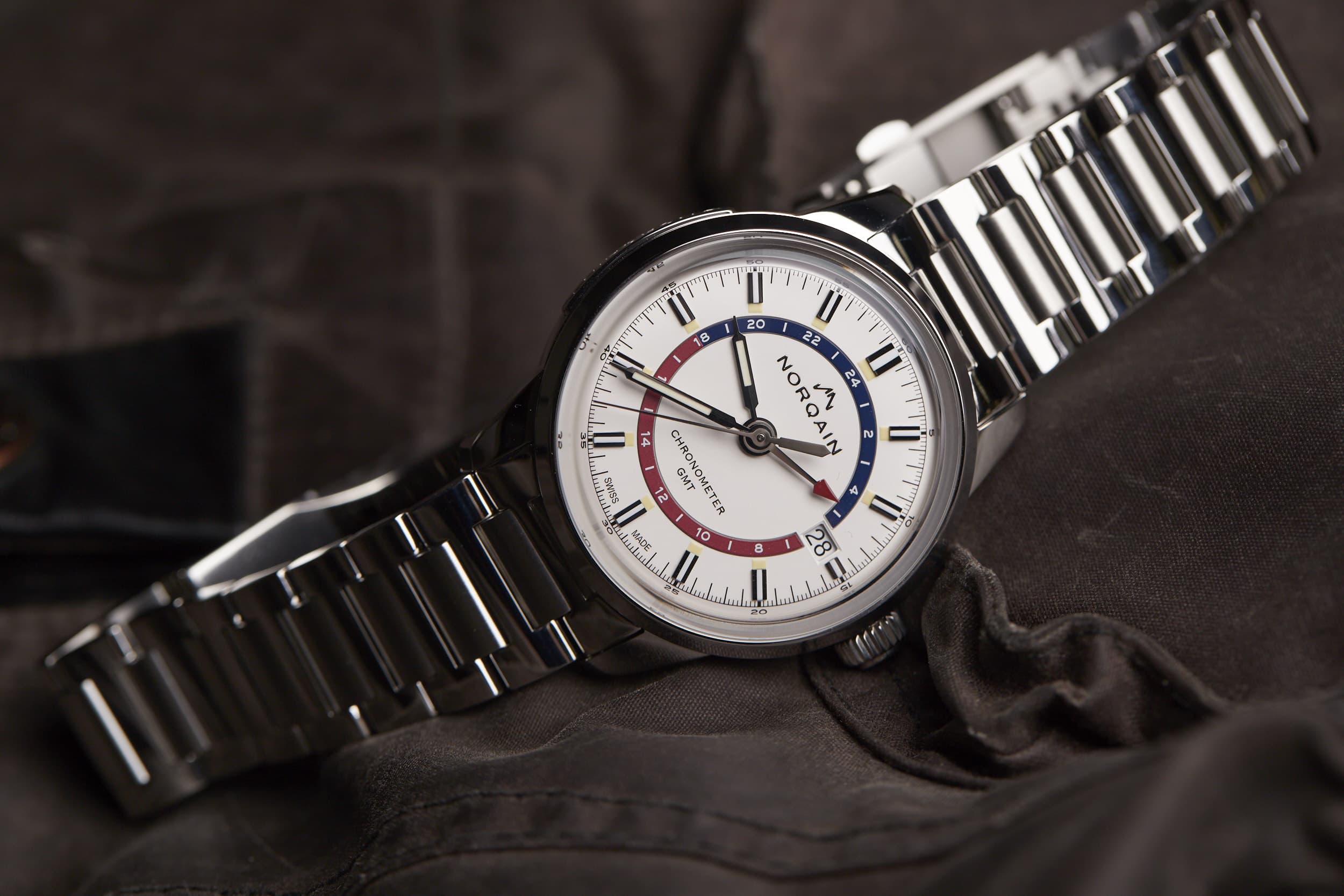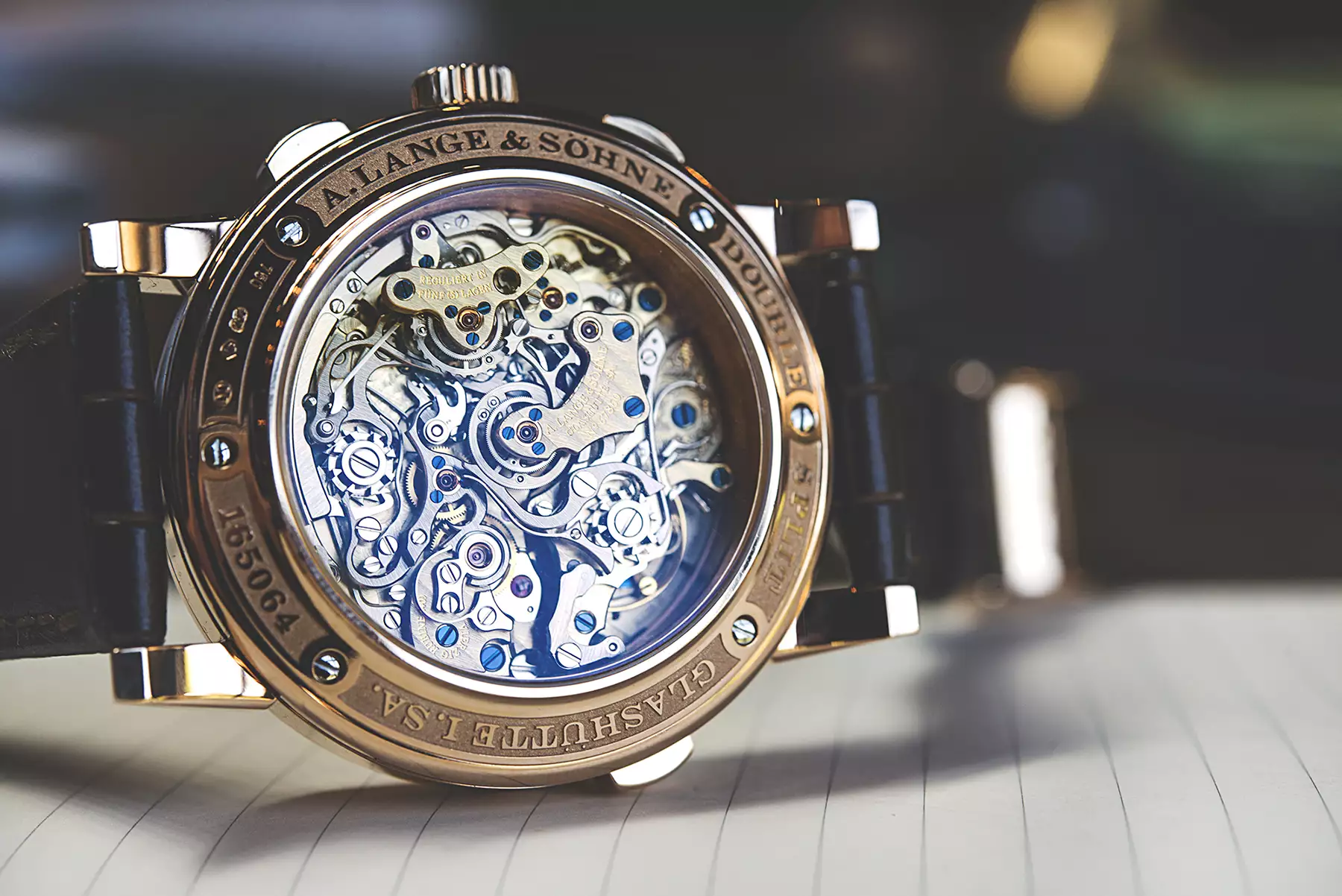I have a suspicion that most collectors are more concerned with getting a high quality movement than one that’s in-house anyway. As Zach W. pointed out on our podcast last week, high end manufacturers are perfectly capable of making in-house movements that break, don’t keep very good time, and prove to be generally unreliable. For that reason, I completely reject any in-house snobbery directed at ETA, Sellita, Soprod, and the like. The fact is, it’s incredibly difficult to produce a movement, and that goes for those that are made at scale in the tens of thousands, as well as calibers that are hand-crafted and meticulously decorated. There is skill and technical know-how involved at every level of movement making, and that’s something that watch brands should celebrate whether the caliber they’re using is coming right off the shelf, customized by a company like Kenissi or La Joux Perret, or something in between.
Something happened in the watch world within the last decade or so that made us all fixate on “in-house” as an inherent good. Vertical integration, according to the conventional wisdom, is highly desirable, and a sign that a watch brand is doing things the right way and with a skill and a type of technical wizardry that a brand that needs to – gasp – buy a movement from a supplier doesn’t possess. In some cases, this conventional wisdom is correct, and there are a small handful of brands that do just about everything themselves with incredible craftsmanship. Far more often, however, putting the components of a watch together is something of a group exercise, involving multiple countries, manufacturers you’ve heard of, and manufacturers you almost certainly have not. In those cases, which make up the vast majority of watch production, we should appreciate not only the finished product and its component parts, but the decision making process at the top of the brand’s org chart that led to what I hope is the great watch you’ve wound up wearing. Think of a watch not so much as the final product of Brand X, but as a piece that’s been made up of expertly curated parts from people who really know what they’re doing.
![]()
My favorite illustration of this concept is broken down by Brandon Moore in his review of the A. Lange & Söhne Saxonia Thin for SJX about a year ago. Lange, as a brand, certainly places a premium on movement making, and the caliber running the Saxonia Thin is truly in-house by any reasonable definition of the term (Lange is even one of the few brands to make their own hairspring, a part that’s commonly outsourced by even the highest of high-end manufacturers). But this review was eye opening for me when I realized how much of the Saxonia Thin isn’t produced by Lange at all. Much of it, case and dial included, isn’t even made in Germany, but by Swiss suppliers (Efteor and Metalem, specifically). Does this detract from the impact of the Saxonia Thin? To me, it doesn’t at all. It’s the product of a recognition by Lange that they have limited resources, and for this particular watch, they’re throwing those resources into the movement. Their partners are experts in what they do, and capable of producing components to Lange’s high standards and specifications. In my estimation Lange should be applauded for finding synergies that work so well for them with specialty manufacturers. To that end, so should brands like Lorier, Monta, Farer, Brew, and so many other small independent brands who develop great relationships with suppliers at all price points. Their good taste and commitment to quality is why you wind up with a satisfying watch on your wrist, possibly for well under $1,000. They don’t make it, but they make sure it gets made well.
I don’t expect that we’ve had the last conversation on the merits of in-house movements and the constantly shifting definitions of what the term even means. As long as brands want recognition for apparent vertical integration, there will be writers, commenters, and enthusiasts who question just how in-house a movement really is. That’s almost certainly a good thing, as it’s important to hold brands accountable for the claims that they make. What I hope for, and it’s probably a long shot, is that at some point in the distant future watch brands come to the realization that it’s OK that you can’t actually do everything on your own, and if you’re making great watches, customers will happily accept that at every turn.
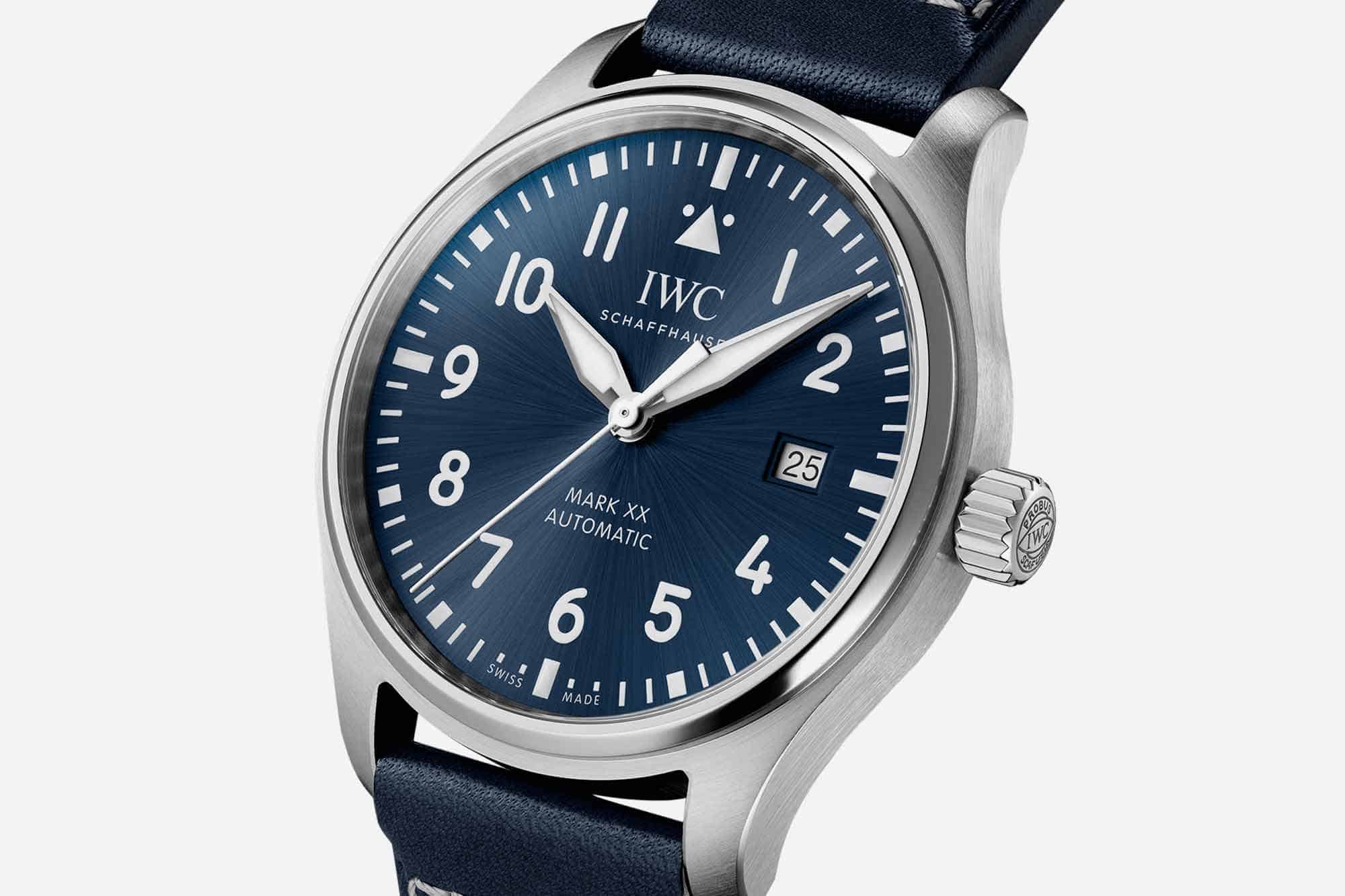









 Featured Videos
Featured Videos




